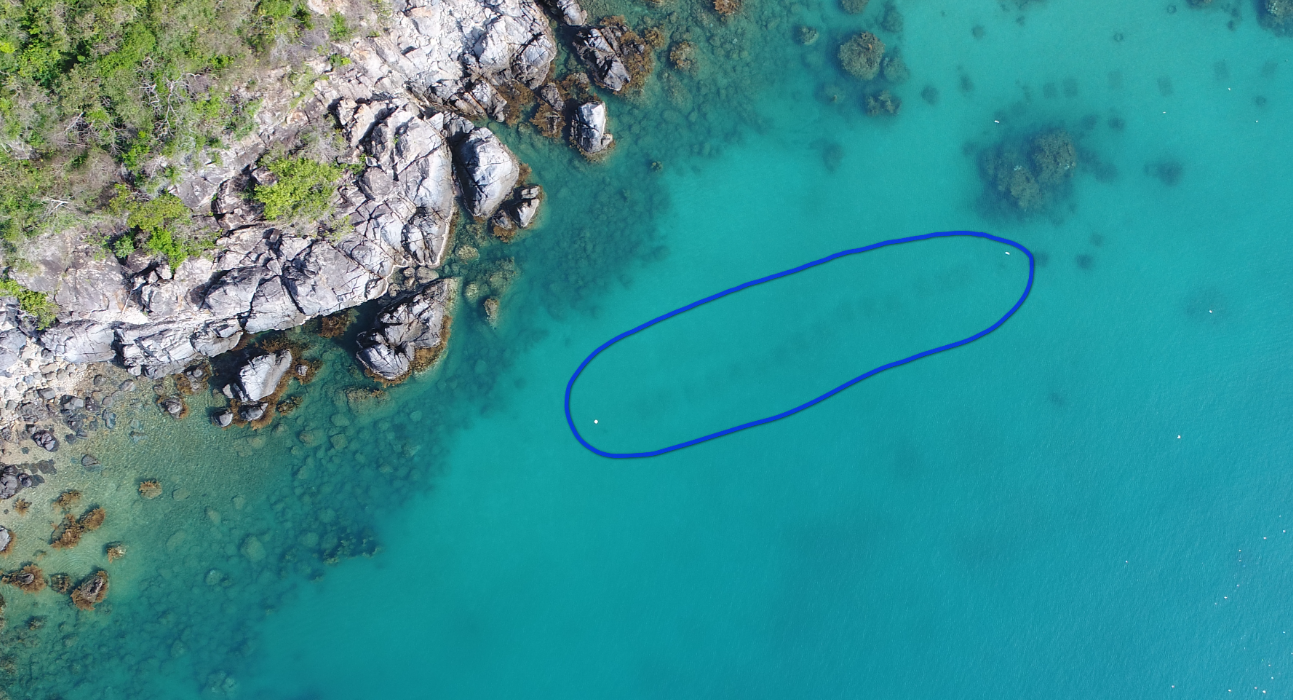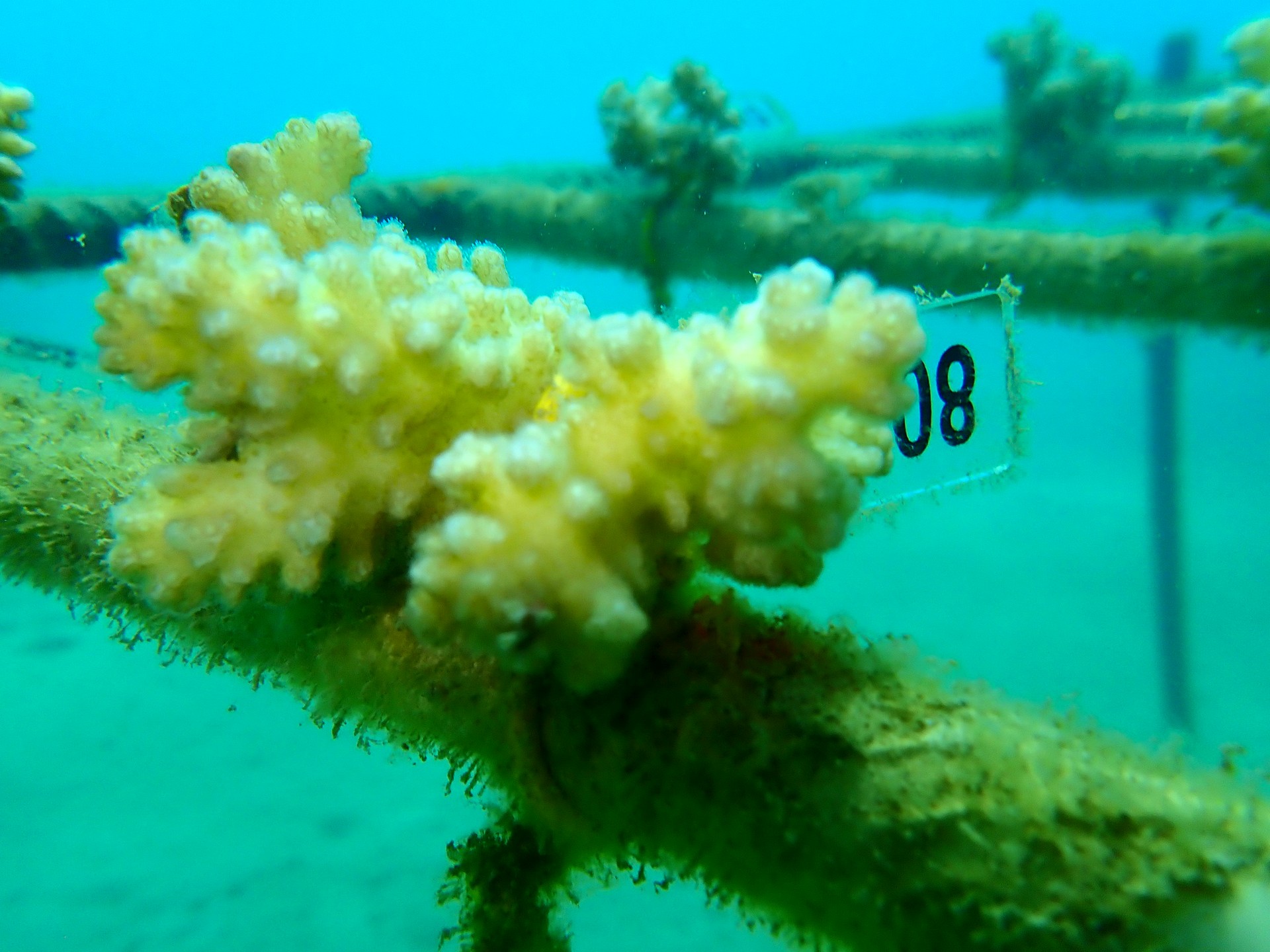A large-scale experiment to assess the impact of coral bleaching on the composition of fauna living inside coral colonies has begun at the Dambay Marine Research Station of the Russian-Vietnamese Tropical Center (Nha Trang Bay, Vietnam). At a depth of 4 m, carrier frames were installed, on which 400 fragments of Pocillopora coral colonies were planted (Fig. 1-3). During the year, with the help of thermal sensors and photographic recording, observations will be made of the dynamics of water temperature and changes in the color of corals. To control the composition of the fauna, 30 coral colonies will be selected monthly.
It is known that when the water temperature rises above 30ᵒС, corals begin to eject intracellular symbionts - zooxanthellae algae, due to which a brightly colored coral loses its appeal and turns from bright green, purple or brown to white. The effect is known as bleaching. Single-celled zooxanthellae are the main food source for hard corals. If the algae disappear or become scarce, the coral starves and produces less slime. And mucus is the main source of food for specialized symbionts - crabs, shrimps, polychaetes and fish, so it is not only the coral that is starving, but also its inhabitants.

Each colony is home to dozens of individuals and up to 15-20 species of symbiont animals that form a veritable community (Fig. 4.5). In addition to specialized obligate symbionts, this community also includes facultative symbionts (opportunists) that can live on other hosts or on a non-living substrate. Some species of Trapezia crabs and snapping shrimp have previously been shown to leave a coral colony when it became strongly bleached. Questions remain open: what happens to the community as a whole during bleaching? Will obligate and facultative symbionts have the same reaction to bleaching?
These are not random questions. The fact is that not only the host coral needs symbionts, but the coral needs symbionts as well. Specialized animals protect the coral from attacks by predatory starfish and mollusks, supply nutrients necessary for the reproduction of intracellular zooxanthellae symbionts, remove sediment from the coral surface, bacterial damage and fouling. If these animals leave the coral during bleaching, then this dramatically reduces its ability to survive.
The experiment will be completed in July 2023. Its results will make it possible to understand the processes occurring in the host-symbiont system during bleaching, as well as to develop methods for the rehabilitation of coral reefs in the post-bleaching period.

Related materials:
Scientific Russia: "Russian scientists launched an experiment aimed at saving fauna in coral colonies"
Ministry of Science and Higher Education of the Russian Federation: "Russian scientists launched an experiment aimed at saving fauna in coral colonies"
